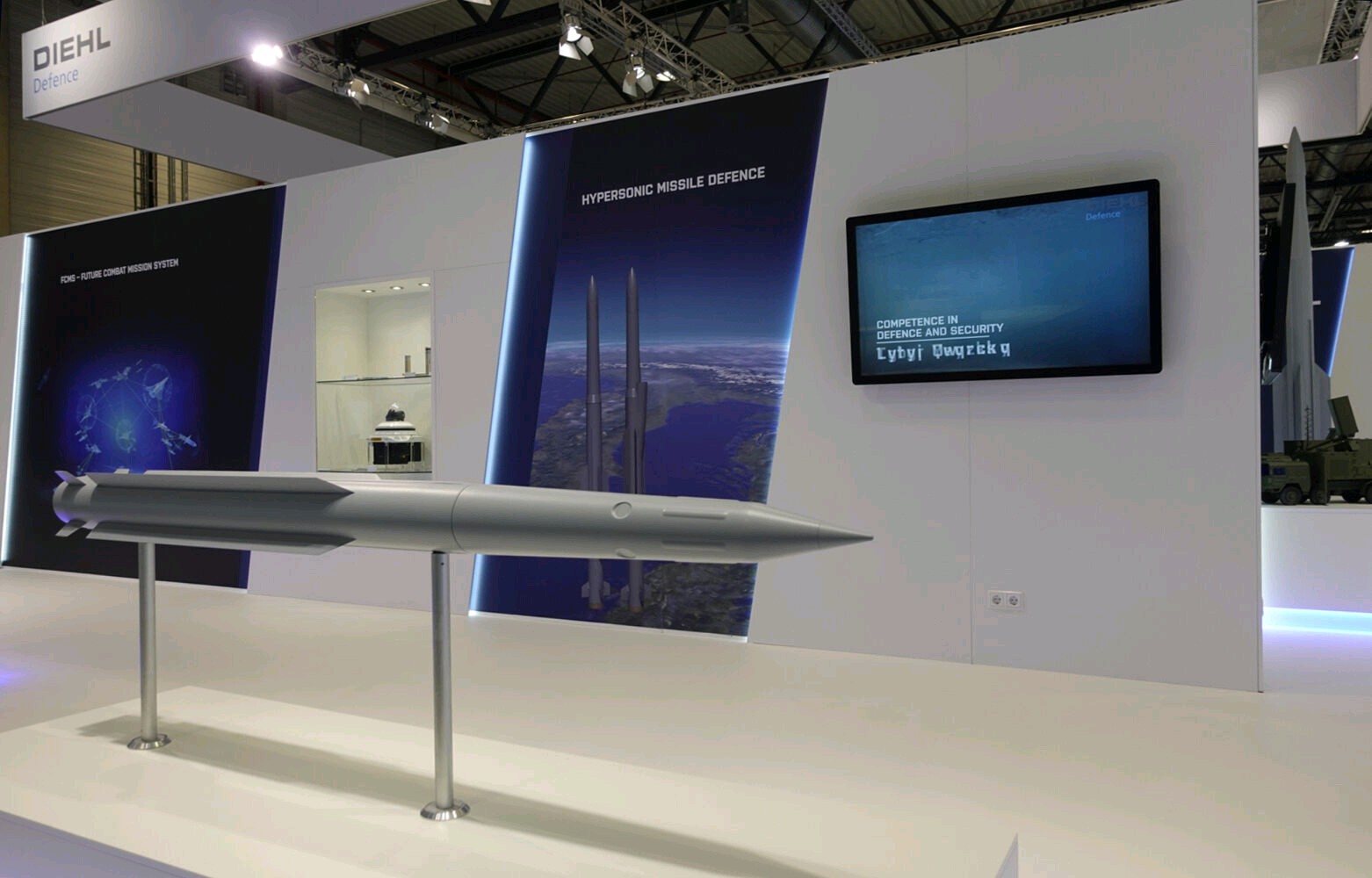The Russian Defense Ministry announced in March 2022 that its troops had fired a hypersonic missile (Kinzhal) at a target inside Ukraine. The unprecedented first-ever use of a hypersonic weapon in combat has accelerated Europe’s Hypersonic Defense Interceptor program.
European Union’s European Defense Fund (EDF) awarded an international consortium led by Germany and Spain a whopping €100 million or $110.2 million in July to work on the development of a European hypersonic missile interceptor.
The funding was reportedly part of the first slate of EDF research and development projects.
In what could spell an advancement of the Interceptor program, Spanish and German missile makers are now leading an attempt to build a new hypersonic defense (HYDEF) interceptor, Defense News reported.
Documents from the European Defense Fund state that the Endo-atmospheric interceptor concept phase will be covered under the European HYDEF Interceptor program.
According to business representatives, Germany’s Diehl Defense is acting as the program’s overall technical lead, with Sener Aerospacial Sociedad Anonima of Spain serving as the program’s coordinator.
The EU fact sheet states that the objective is to construct a “European interceptor targeting the 2035+ threats, along with missile and sensor systems.”
According to previous reports, Spain, Germany, Belgium, Norway, Poland, the Czech Republic, and Sweden are all involved in the initiative. However, France would not be part of the consortium developing the hypersonic interceptor. This is despite a partnership between Germany, France, and Spain to develop the Future Combat Air System (FCAS).

The development of the HYDEF Interceptor is very significant, nonetheless. Last month, the Russian Defense Chief claimed three Kinzhal hypersonic missiles were used against Ukraine. Kinzhal is a Russian nuclear-capable hypersonic air-to-surface ballistic missile with a range of more than 2000 kilometers.
In addition, Russia announced in May that it would integrate its Satan 2 with the Avangard hypersonic missile, allowing it to deliver conventional and nuclear payloads at more than five times the speed of sound. A series of open threats also proclaimed that it could destroy European capitals within minutes.
This has necessitated the HYDEF Interceptor development by Europe. The project’s outcomes will include the concept, risk reduction, and demonstration of an Endo-atmospheric interceptor capable of functioning at various air pressure levels. The system is intended to have cutting-edge sensor/seeker systems, innovative aerodynamics, and an actuator system for great mobility.
HYDEF For High Security From Hypersonic Missiles
EU HYDEF is in addition to the TWISTER (Timely Warning and Interception with Space-based TheatER surveillance) project of the PESCO Permanent Structured Cooperation initiative. TWISTER is spearheaded by France and involves several nations, including Spain, in creating a comprehensive defense system against hypersonic threats.
Further, the German missile manufacturer Diehl Defense stated earlier this year that it is developing a variant of its IRIS-T product family for ground-based air defense that can fend against hypersonic threats. A two-stage missile with basic IRIS-T technology expanded by a highly agile upstage is called the “IRIS-T HYDEF.”

The interceptor program’s ultimate objective is to develop a countermeasure that could be deployed and subsequently incorporated into an air defense system capable of early warning, tracking, and intercepting high-performance airborne threats, such as ballistic missile defense (BMD) and hypersonic vehicles.
According to Fernando Quintana, head of weapon systems at Sener, the EU HYDEF program is still in the negotiation stage with the European Commission and participating member states. According to him, those discussions will finally result in a grant agreement that will transfer the pre-allocated cash to the industrial team.
The European Commission does not directly link EDF proposals to ongoing PESCO projects. The official said EDF applicants are free to mention a particular PESCO effort in their research or development process. The official declined to comment on specific EDF projects, citing ongoing grant agreement negotiations.
Sener will oversee the development of guidance, navigation, and control (GNC) systems, communications, actuators, and aerodynamic control in addition to providing general coordination, according to Quintana. Its engagement in the Intermediate eXperimental Vehicle (IXV), the European Space Agency’s (ESA) upcoming controlled space re-entry vehicle, and the agency’s upcoming “Space Rider” uncrewed orbital spaceplane will be a formative principle for its work on EU HYDEF.
According to Sinikka Salchow, business lead for the EU HYDEF initiative, Diehl is in charge of organizing the “system of systems” component and the engineering and design of the interceptor systems, upstage design, system modeling, upstage guidance, navigation, and control. The German company will also be responsible for the seeker and signal electronics used in missile components.
The EU HYDEF collaboration also includes eleven other parties. They are Escribano Mechanical and Engineering, GMV Aerospace and Defense, Instalaza S.A., Instituto Nacional de Técnica Aeroespacial Esteban Terradas of the Ministry of Defense, Instytut Techniczny Wojsk Lotniczych in Warsaw, Poland, LK Engineering in the Czech Republic, Nammo in Norway, Ruag Space in Sweden, and Sonaca Group in Belgium.
- Contact the author at sakshi.tiwari9555@gmail.com
- Follow EurAsian Times on Google News




